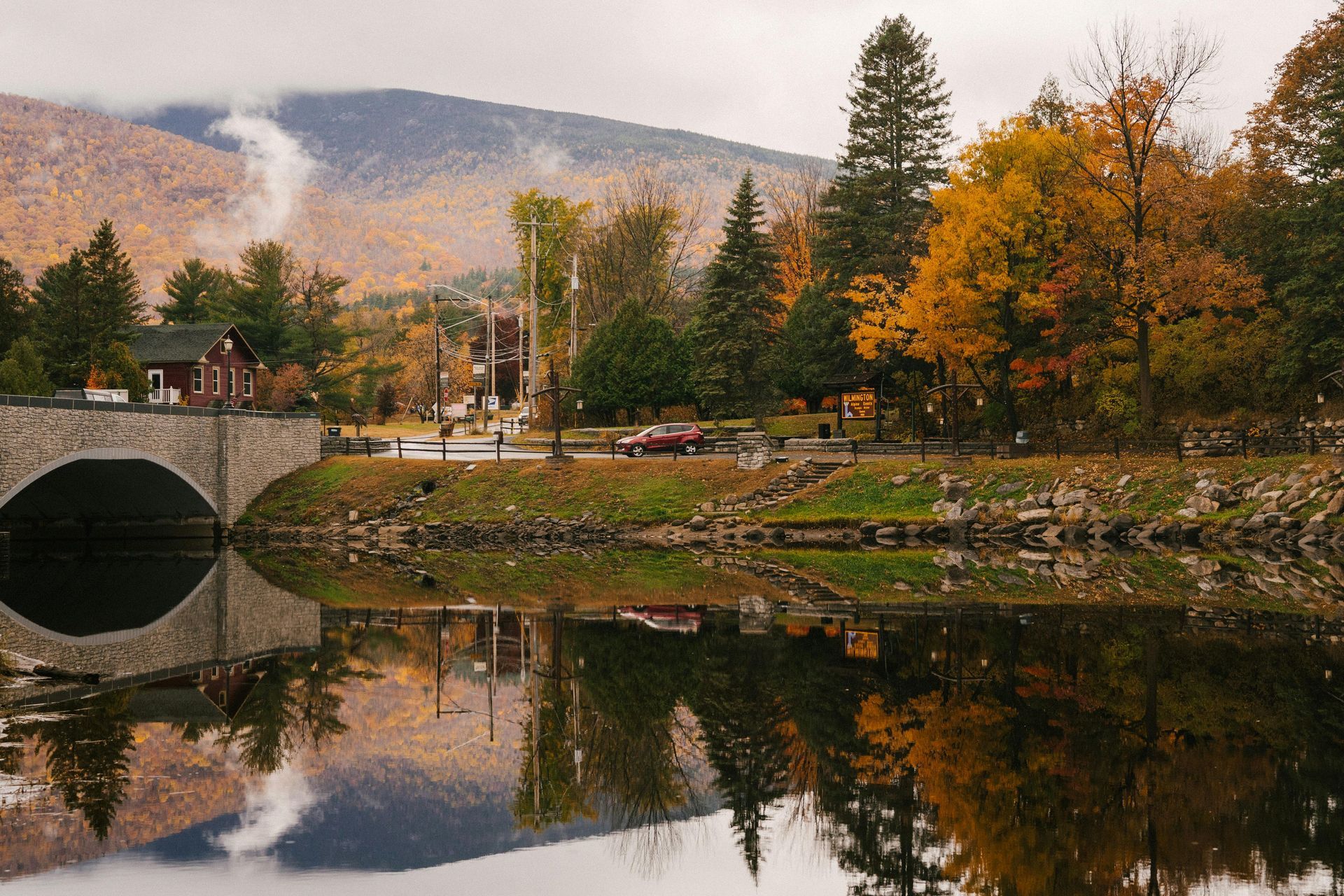May the pollinators be with you!

🌿 Why “No Mow May” Might Just Be the Best Thing You Do for Your Yard This Spring
As the days grow longer and the snow gives way to green, something magical begins to happen across New Hampshire: the return of spring blooms, bees, and birdsong. But this year, more and more homeowners are making a bold choice. They’re putting their lawnmowers away and letting their grass grow wild.
Welcome to No Mow May, a grassroots movement that’s blossoming across the country and right here in the Granite State.
Originally started in the UK by the conservation group Plantlife, No Mow May encourages homeowners to hold off on mowing their lawns for the entire month of May. Why? It turns out that letting your lawn grow a bit shaggy can actually make a huge impact on our local environment, especially for pollinators like bees and butterflies.
In early spring, food sources for pollinators are scarce. Most flowers haven’t bloomed yet, and pesticides and development have already taken a toll on their habitats. But lawns left unmown can offer a buffet of early-season blooms like dandelions, clover, violets, and other native plants that bees and butterflies rely on to survive.
Here in New Hampshire, where our ecosystem depends on a delicate balance of native plants and pollinators, the timing couldn’t be more important. Participating in No Mow May is a small step with a big payoff. You’re giving native species a fighting chance, reducing your carbon footprint by skipping the mower, and maybe even discovering a new appreciation for your own backyard.
And don’t worry, this doesn’t mean you’re letting your lawn go forever. By June, you can shape things back up and even consider incorporating permanent pollinator-friendly areas with native wildflowers, low-mow zones, or bee-friendly gardens. But for now, giving your yard a break is one of the kindest things you can do.
If you're joining the movement this year, why not let your neighbors know what you're up to? I’ve created a set of printable lawn signs you can proudly display in your yard, with cheerful messages like:
- “Pardon the Wild, We’re Hosting a Pollinator Party!”
- “Bee-Friendly Zone: Grass is Growing for a Good Cause!”
- “This Lawn’s on Vacation, Pollinators Welcome!”
- “Let It Grow”
- “Please Pardon the Weeds — We’re Feeding the Bees”
These signs are a fun and friendly way to spread awareness and get the whole neighborhood buzzing, literally.
More and more homebuyers are prioritizing sustainable features like pollinator gardens, edible landscaping, and native plants. No Mow May is a wonderful first step toward creating a yard that’s not only beautiful, but beneficial. And that’s something that adds both curb appeal and real value.
So this spring, give your mower and Mother Nature a break. Let your lawn bloom. Let the bees return. And maybe even inspire someone else to do the same.
👉 Click here to download and print your No Mow May signs (PDF)
Whether you're new to the movement or a seasoned pollinator protector, your yard can help make a difference — one dandelion at a time.
Camille Craffey
Your Local NH REALTOR® | Marine Corps Veteran | Lover of Bees and Beautiful Yards


